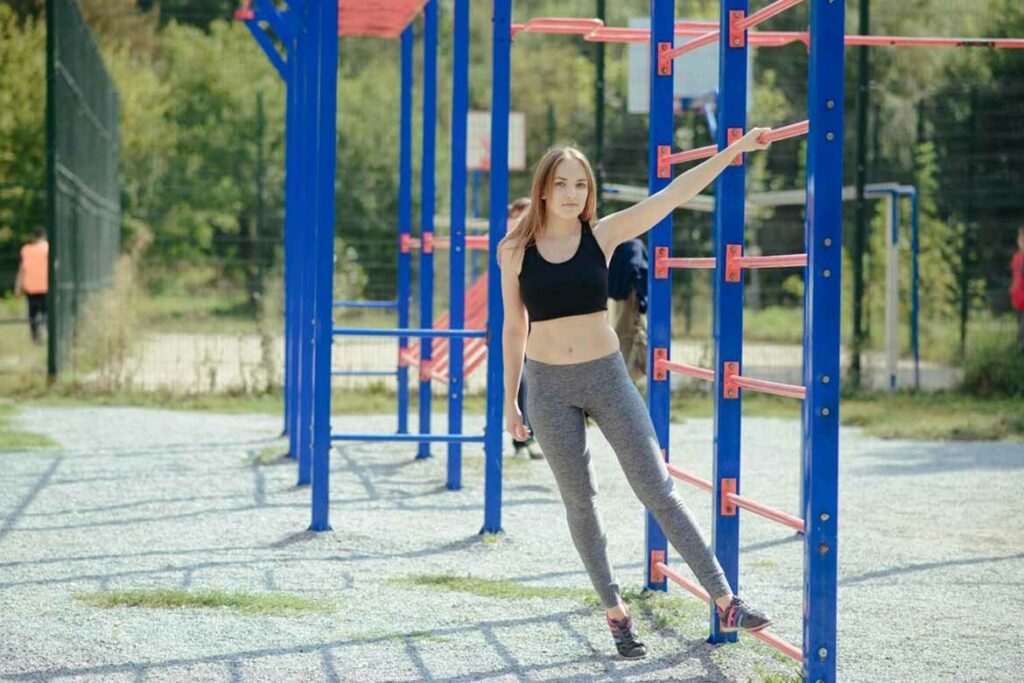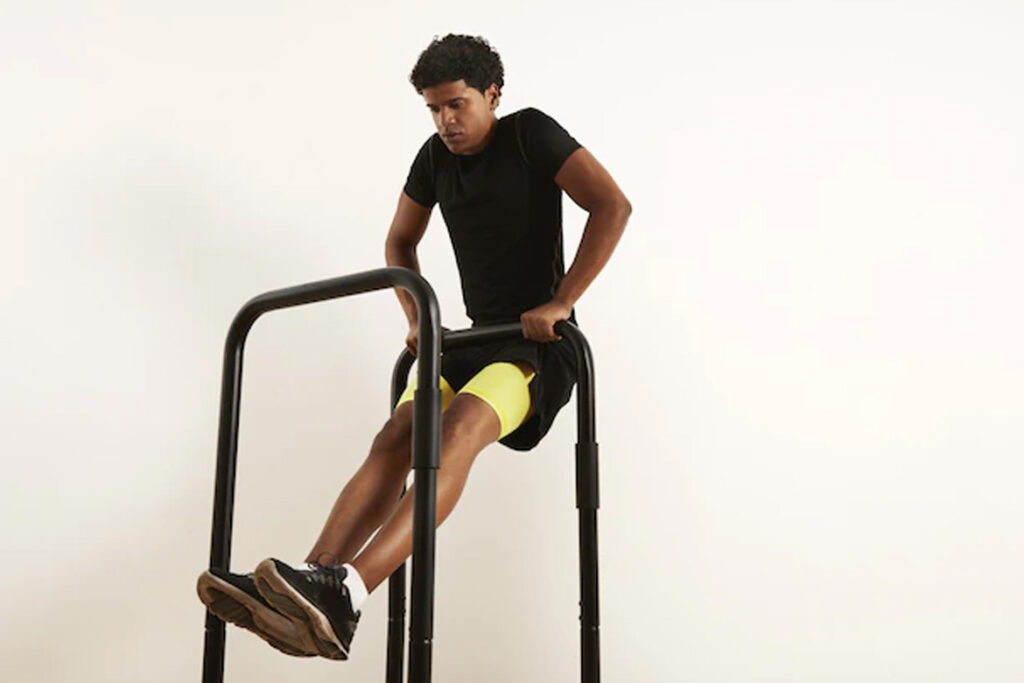Popular on internet, exercises known as callisthenics are performed entirely using one’s own body weight. These exercises are performed with varied degrees of rhythm and intensity. Sometimes, these exercises are carried out using small, portable objects like rings and bars. These workouts improve coordination, flexibility, strength, and endurance.
Early in the nineteenth century, callisthenics made a comeback. They were first practised in ancient Greece. These exercises are still used today by athletes, members of the military, law enforcement, and others who just want to keep in shape to help develop their bodies or warm up for physically demanding sports. In addition, researchers are looking into the use of callisthenics as a kind of therapy for everything from COPD to obesity.
Calisthenics for beginners

Read more: 6 reasons why every women should do Kegel exercises
Here’s a calisthenics workout for beginners that targets different parts of the body for a total-body workout:
Perform the following exercise circuit three times, resting for 30 seconds between each exercise set and three minutes between circuit repetitions.
10 pull-ups
- Position yourself in front of an exercise bar.
- Grasp the bar from the top, slightly wider than shoulder-width apart.
- Pull yourself up using your shoulder muscles, bringing your head over the bar.
10 chin-ups
- Position yourself in front of an exercise bar.
- Take a tight, slightly closer-than-shoulder-width grip on the bar from underneath.
- Pull yourself up with your biceps, bringing your head over the bar.
20 dips
- Stand inside a dip bar and lift yourself off the ground with your arms and shoulders.
- Bend your elbows back and move up and down with your tricep muscles.
- If you don’t have a dip bar, you can do dips on an exercise ball or bench with your feet on the ground and your knees bent at a 90-degree angle.
25 squat jumps
- Stand with your back to the wall and your feet parallel and directly beneath your shoulders.
- Step your feet a few inches apart, toes pointing slightly outward.
- Lower yourself into a squat by bending your knees and lowering your hips back and down.
- Maintain an upright posture, with your head and face forward.
- Squat as deeply as possible, then explode forcefully upward into a jump.
- Never extend your knees over your toes, as this shifts the squat’s strain to your knee joints. This can cause knee injuries.
20 Pushups
- Place your hands beneath, but slightly outside, your shoulders and get down on your knees.
- Extend your legs while supporting your body with your arms, forming a “plank” position.
- Take care not to sag your back or stick your backside up into the air.
- Bend your elbows close to your body and lower your body until your chest almost touches the floor.
- When you’re in the lower pushup position, your upper arms should form a 45-degree angle.
- Pause while in the lower position, then quickly push back up to the starting position.
- Throughout the movement, keep your abdomen, or core, flexed.
50 crunches
- Place your back flat on the ground.
- Set your feet flat on the ground and bend your knees at a 90-degree angle to your body.
- Keep your hands crossed on top of your chest and your head about a fist’s distance away from your chest.
- Sit up straight, keeping your core tight, until your elbows or chest touch your knees.
- Concentrate on pulling yourself up with your core muscles, breathing out as you sit up and in as you lie down.
10 burpees
- Stand with your feet shoulder-width apart, your weight in your heels, and your arms at your sides, facing forward.
- Squat by pushing your hips back and bending your knees.
- Put your hands palms down on the floor in front of you, a little wider than your feet.
- Jump your feet back, landing softly on the balls of your feet, your body in a straight plank position.
- Take care not to sag your back or stick your backside up into the air.
- Step forward and land your feet next to your hands.
- Jump into the air quickly by raising your arms above your head.
Jump rope for 30 seconds
- Grasp the jump rope handles and keep your hands about the same distance from your body’s centre line.
- While jumping off the ground about one to two inches into the air, rotate the rope with your wrists rather than your elbows or shoulders.
- Keep your toes pointed down and your knees slightly bent as you jump.
Calisthenics vs. Weight Training

Calisthenics exercises require a person to perform strength-training movements using only their own body weight. Weight exercises, on the other hand, require a person to perform strength-training movements with dumbbells or other weighted apparatuses.
Calisthenics and weight exercises, according to researchers, produce similar physical results, at least in the short term. In one study, for example, researchers had 15 men do a weight-training workout and 17 men do the U.S. Army’s calisthenics-based Standardized Physical Training programme for 1.5 hours a day, five days a week, for eight weeks. Both groups’ fitness improved to a similar extent by the end of the eight weeks.
